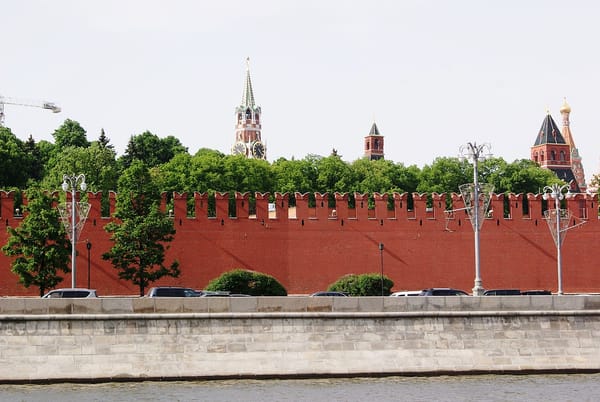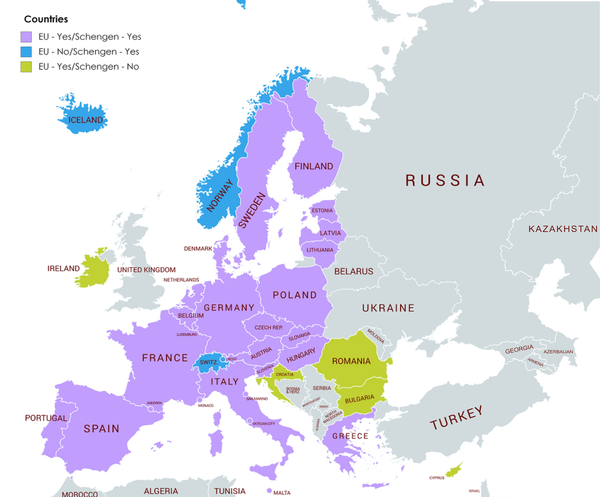
McKinsey Study Highlights Benefits of More Women in CEE Workforce
Getting more women involved in the workforce in Central & Eastern Europe (CEE) could reap huge benefits – billions of euros – for the region’s economies and even address its labor shortages. That’s according to a report recently released by McKinsey entitled “Win-win: How empowering women can benefit Central and Eastern Europe,” which takes Croatia, Czechia, Hungary, Poland, Romania, Slovakia, and Ukraine into account.
Among its findings, the study identifies an imbalance in how many woman in the region earn degrees (60%) and what percentage they contribute to the workforce – 45%.
One of the authors of McKinsey’s report says that if more females in CEE were workforce participants, they would make a significant contribution towards filling the region’s over 600,000 vacancies. In the post-Covid recovery period, the number of open positions in the region could reach three times that figure, a number which could also be covered theoretically by the 2.5 million qualified female work candidates in CEE.
Moreover, according to McKinsey’s study, globally and within CEE a higher rate of female participation in upper management results in improved company performance.
Source: Emerging Europe





